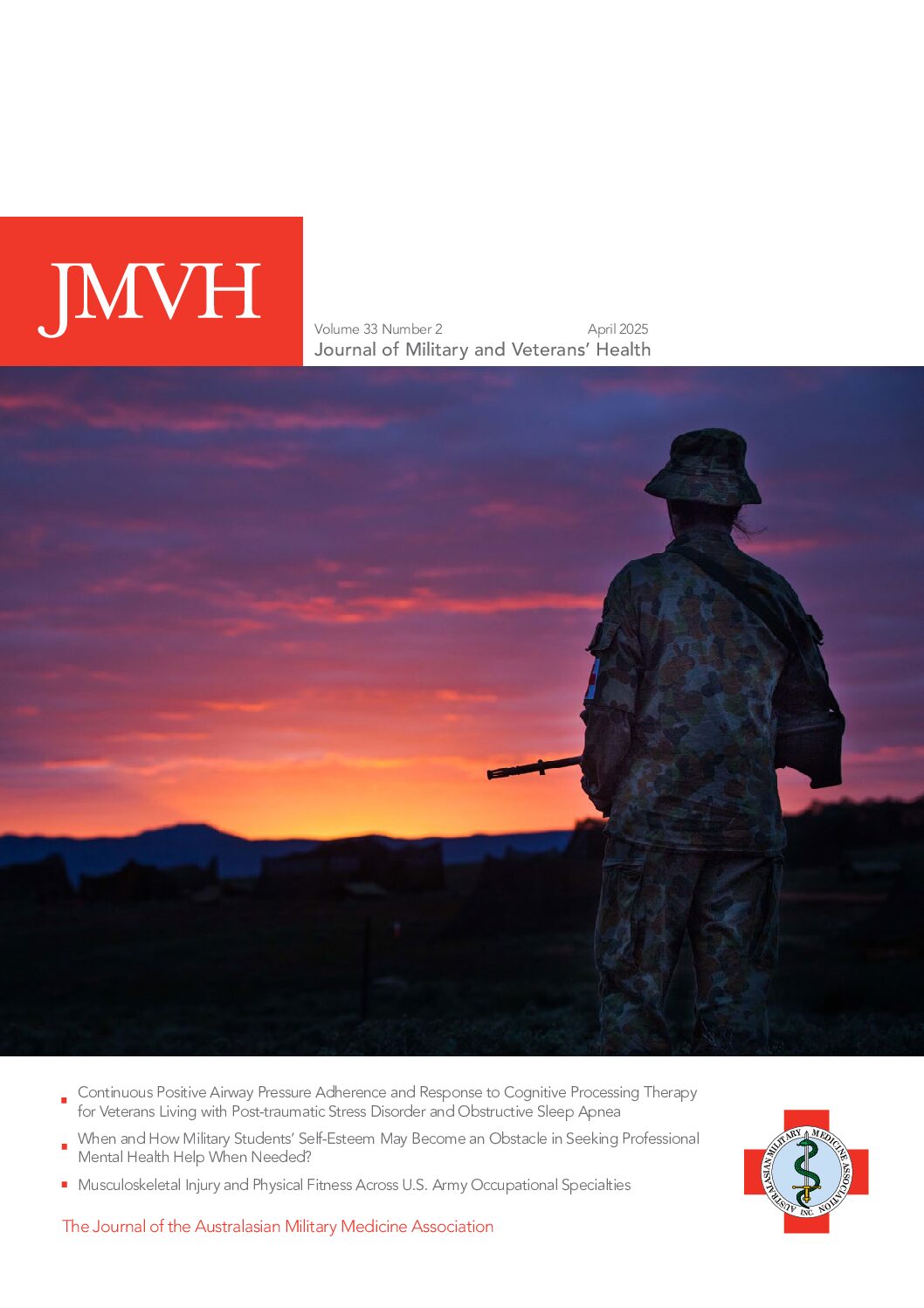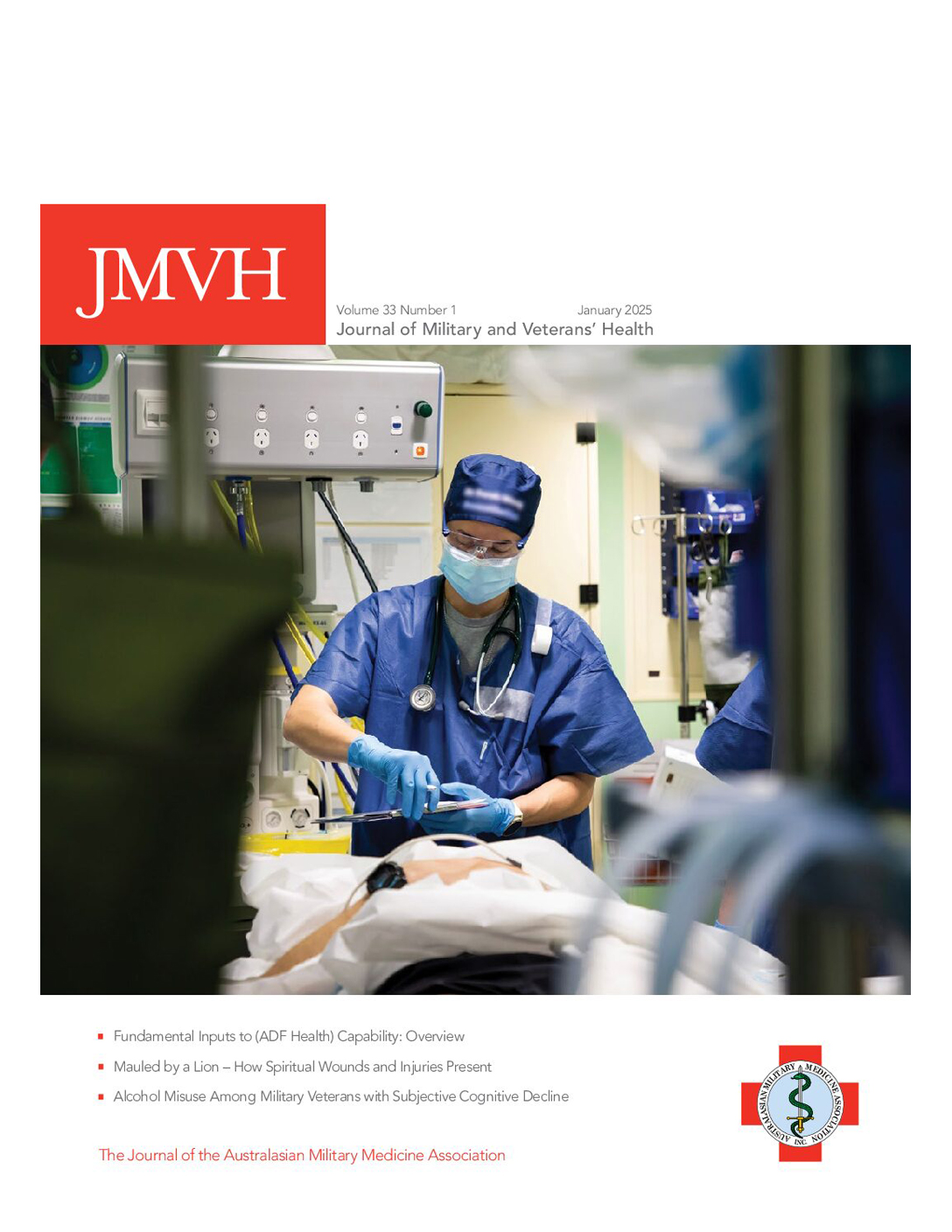Psychotropic Expert Group.
*Version 6. xxv+325pp, paperback, ISBN 978-0-9804764-2-2. Melbourne, Therapeutic Guidelines Limited, AUD39.00, 2008.
Apart from major textbooks, there have been few handbooks published specifically on psychotropic guidelines. This sixth version of Therapeutic Guidelines: Psychotropic, part of a collection of 14 in the series of the popular and respected Therapeutic Guidelines series in Australia, is a major step forward in filling this gap. Therapeutic Guidelines: Psychotropic has a table of Contents, a list of Tables and Boxes, a list of the members of the Psychotropic Expert Group, a list of the members of the Sleep Disorders Expert Group, Acknowledgments, Endorsements, About Therapeutic Guidelines Limited and their Board of Directors, a Preface, 13 Chapters, four Appendices, a comprehensive Index and a Request for comment on guidelines proforma. It also includes 15 Tables and 14 Boxes.
As is usual in this series, the handbook is compact and, if consistent with others in the series, the reader will expect that updated guidelines would be released every few years. The front cover has a basic but functional design. The back cover is virtually blank except for the ISBN and barcode, and an opportunity has been missed to include a fast find contents list or an overview of the publication; however all of the Therapeutic Guidelines’ handbooks seem to take this minimalist approach. Similarly, it may be interesting to make better use of the inside front and back covers, as has been done in other series such as the Oxford Handbooks, by listing for example major emergencies and the page references to find information to manage them. Each chapter has a useful highlighting strip on the edges of the pages, which importantly helps to identify the various chapters, although they are not staggered, which defeats their purpose somewhat. It is also important to note that the handbook is also available electronically and this would make it very easy to print out patient information sheets, for example.
As an Australian based publication, it is inevitable that the writing group would be predominantly Australian. It is interesting however that all 15 members of the Psychotropic Expert Group and all six of the Sleep Disorders Expert Group are Australian based. None-the-less, many of these experts would be well known in the psychotropic and sleep disorders fields. Apart from the field of psychiatry, there are experts from the fields of psychology, nursing and behavioural sciences, and general practice. Psychotropic drug guidelines for New Zealand are given elsewhere.1
Therapeutic Guidelines: Psychotropic is well researched, concise and consistent in its presentation. Chapters include “Getting to know your drugs”, “Pertinent practical points”, “Anxiety and associated disorders”, “Sleep disorders”, “Mood disorders”, “Schizophrenia and related psychoses”, “Behavioural emergencies”, “Delirium”, “Dementia”, “Substance use disorders”, “Personality disorders”, “Eating disorders”, and “Disorders usually first diagnosed in childhood and adolescence”. There are also four Appendices, namely “Pregnancy and breastfeeding”, “Patient resources and support organisations”, “Sources of information and assistance” and “Clinical Institute Withdrawal of Alcohol Scale, revised (CIWA-Ar)”. By far, the largest chapter is Chapter 1 “Getting to know your drugs” (pages 1-48). The drugs are discussed by sub-headings, namely “Mechanism of action”, “???”, “Pharmacological properties”, and “Adverse effects”. The drugs covered include Antidepressants, Drugs used in bipolar disorder, Anxiolytics and hypnotics, Antipsychotic drugs, Anticholinergic antiparkinsonian drugs, Drugs used to treat attention deficit hyperactivity disorder, Drugs used in substance use disorders, Drugs used in dementia, and Other drugs used in psychiatric illness. There is no set pattern to the structure of the chapters and sections in the guidelines, although most sections cover management in detail.
Version 6 is a major update of Therapeutic Guidelines: Psychotropic. There is an increased emphasis on how physical co-morbidities that commonly occur with psychiatric illnesses are managed and also what role non-pharmacological means may play in treatment. There is also an enhanced emphasis on the need for comprehensive treatment plans for disorders of childhood and adolescence. Several aspects that have seen a major revision include treatment of psychiatric illness in older persons and chronic disease, mood disorders, substance use disorders (p. 191-212), and behavioural emergencies. There is a useful table included on “Antidepressant-free intervals recommended when changing from one antidepressant to another” (Table 9, p. 112). From the Australasian perspective, it is hard to fault the guidelines, although a more obvious multidisciplinary approach could have been adopted. One possible omission for those interested in travel medicine would be a discussion on issues connected with air travel clearance and medical retrieval. Another possible omission is that there is no special compilation of acute or chronic poisoning involving psychiatric consequences beyond the substance abuse disorders, which might be found in a larger textbook. None-the-less, it is a very useful rapid therapeutic guidelines reference.
Therapeutic Guidelines: Psychotropic is not a substitute for training and experience in psychotropic or sleep disorders medicine. It is also not meant to be a comprehensive textbook, especially as there have been several good textbooks published recently, for example, Kaplan & Sadock’s Comprehensive Textbook of Psychiatry.2 The handbook does however provide an exceptionally useful and fairly comprehensive clinical reference on most aspects of psychotropic medicine for the informed health professional, particularly those who are working or will be working professionally in psychiatry, psychology, sleep disorders, hospital practice and general practice. The book will also appeal to general physicians and other health professionals who have an interest in psychotropic medicine, as well as students and academics involved in psychotropic training courses. Therapeutic Guidelines: Psychotropic has little competition in the guidelines field and is an important guidelines reference handbook in Australia.
Reviewed by: Peter A. Leggat, MD, PhD, DrPH, FAFPHM, FACTM, FACRRM, Professor and Head, School of Public Health, Tropical Medicine and Rehabilitation Sciences, James Cook University, Townsville, Queensland






